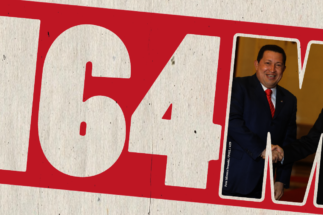“These planes left China, crossed Africa, passed through Brazil and landed in Maracay,” said the late Hugo Chávez, describing the route of two Y8 four-engine planes that had landed the night before at the Libertador Air Base, some 100 kilometres west of Caracas.
It was November 2012. A month earlier, Chávez had just won what would be his last electoral contest. He had a short future and perhaps he knew it. Barely a month later he was to give his last public speech, designating Nicolás Maduro as his successor as he left for Havana to fight, unsuccessfully, for his life.
But on this occasion he had something to celebrate and share with his people.
“The gringos didn’t want to sell us the spare parts for the Hercules, we almost didn’t have any planes,” the commander’s voice was heard on the radio and television network, referring to US-made planes. Images of the aircrafts’ arrival were running on the screens but they weren’t clear. The recording, of domestic quality, could do little in the darkness of the Aragua night. Nonetheless, that was not going to deprive Chávez of the opportunity to build a story.
“And there came the Chinese, flying!”
He proclaimed a new victory for the revolution and internationalism in the face of another devious manoeuvre by the imperialist enemy, in its attempt to stifle sovereign Venezuela.
But behind the president’s epic lay the harsh reality. The purchase of the Y8s, tactical transport aircraft intended to reinforce or replace the ageing fleet of C130 Hercules in service since 1971, was the result of negotiations entangled by ultimately capricious costs for the aircraft, technical support and systems.
Disagreements over the exchange rate of the purchases, letters of complaint between Venezuelan officials and Chinese authorities and the role of Major General Giuseppe Angelo Yoffreda Yorio – a military aviation officer who centralised purchases of arms and equipment, even before he went on to manage all Venezuela’s international purchases – were some of the subplots.
However, Venezuelan government documents obtained by Armando.info and analysed for the series Venezuela’s dance with China in alliance with the Latin American Centre for Investigative Journalism (CLIP), and with support from Diálogo Chino, expose the deal to the public for the first time.
This is the second instalment of the reporting project. Based on a leak of documents from 2009-12, when Hugo Chávez signed multiple economic and technical cooperation agreements with China, it casts light on a key period in the development of the relationship between the leaders of the self-styled Bolivarian Revolution and the emerging world superpower.
A good promotion rate
Giuseppe Yoffreda has been a staple in the slew of broken loyalties that has characterised ‘chavismo’. His tactic for 18 years has been to maintain a low public profile. This despite his frequent rotation in state posts and consistent affiliation with both Chávez and Nicolás Maduro.
Despite never having flown a plane, Yoffreda -whose specialty are communications- has jumped between top aviation posts, corporations, ministries and embassies, sustained by his proximity to the top brass. Among the peaks of his career was his time as president of Venezolana de Exportaciones e Importaciones C.A. (Veximca), which was initially in charge of supplying arms and war equipment to Venezuela, and then of the entire country’s public procurement. Eventually nationwide procurement moved to Corpovex, also initially led by Yoffreda.
“He was appointed because of his direct relationship with José David Cabello,” recalls General Hebert García Plaza, former Minister of Water and Air Transport and Food and now one of the emblematic voices of dissident chavistas in exile. Around that time, Cabello had been director of the Autonomous Institute of Maiquetia International Airport, Minister of Infrastructure and director of the National Integrated Service of Customs and Tax Administration. He is also the brother of Chavismo’s number two: Diosdado Cabello.
“They were extremely close friends and studied together at the University of the Armed Forces (Unefa). He is the one who created the INAC (National Institute of Civil Aeronautics). The creation of Veximca, as a company dependent on the vice-presidency of the Republic, had the purpose of centralising military purchases, especially from Russia and Belarus,” García Plaza adds.
In 2008, Hugo Chávez signed decree 6169 founding Veximca, as announced on 17 June of that year in the Official Gazette (number 38.954). The document stated that the company would fall under the remit of the Vice-Presidency of the Republic, then occupied by Ramón Carrizales, another Chavista military leader.
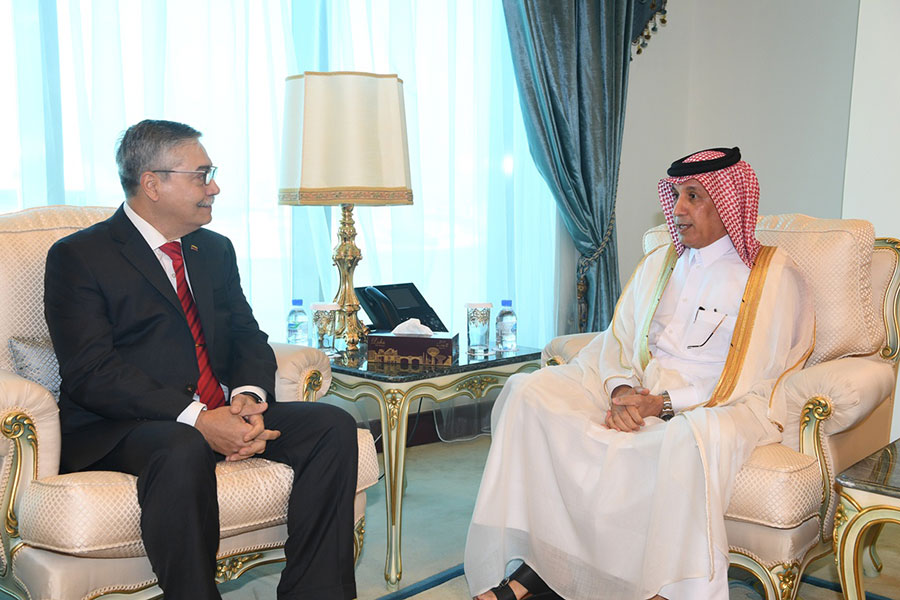
“[Yoffreda] has been the only commander general of Military Aviation who, without being a pilot, has reached that position (between 2013 and 2014),” explains lawyer Rocío San Miguel, president of the non-governmental organisation Control Ciudadano. “His stardom began, without a doubt, after the events of April 2002 (when Chávez was deposed for 48 hours), when he managed to assume the position of director general of the Coordinated Air Transport Service of the National Executive (SATA). That is also when he began a solid relationship with Diosdado Cabello, which has become stronger over 18 years.”
Venezuela in need of airplanes
Veximca was left in charge of acquiring the military equipment that at the time -according to the official narrative- were a priority. The Chávez government was essentially a military government that was also beginning to feel the threat of a possible armed confrontation with external enemies. Resources from the China-Venezuela Joint Fund, created in 2007, were earmarked to address this concern.
A 2013 Control Ciudadano report on the acquisition of arms and military equipment from 2005 to 2012 explains that the genesis of Venezuela’s agreements with China and Russia began “in the middle of the last decade, (when) President Chávez totally broke off military ties with the US. Washington reacted by issuing a resolution banning the sale and transfer of US weapons and military technology to Venezuela, which came into force on 1 October 2006”.
“As a result, the Venezuelan government, apart from its political and ideological motivations, has since turned to its new strategic allies, particularly China and Russia, to obtain new supplies for its National Armed Forces,” the report adds.
Indeed, Chávez himself declared at the time that “since Venezuela is going to become an economic, social, moral, economic and technological power, it requires the capacity for defence and, thanks to God and the revolution, we have friendly countries such as China, the socialist and revolutionary China”.

The results of those negotiations, brokered by Veximca, first crystallised in 2008 with the purchase of the K8 Karakorum training and tactical support jets.
But the shopping list was not exhausted. Three years later, a replacement was needed for the C130 Hercules, manufactured by the US Lockheed and an aging mainstay of Military Aviation Group 6. These aircraft had recently undergone avionics refurbishment in France, but the fleet already had a long service history. In fact, some of them are still flying today, much diminished and, according to various sources, maintained by Iranian personnel.
So in 2011, the same year that Chávez announced from Cuba that he was suffering from the cancer that finally killed him, the green light was given for the search for a replacement. The Air Force would give its opinion; Chávez would decide; and Veximca would buy.
The foreign exchange hodgepodge
Understanding the sequence of events between January and May 2011 that led to the purchase of the Chinese aircraft requires, first and foremost, an understanding of who was who at the time.
In addition to Veximca director Yoffreda, there was Jorge Giordani as minister of planning and finance; Rocío Maneiro, Venezuela’s ambassador to China; Edmée Betancourt de García, president of the Venezuelan Economic and Social Development Bank (Bandes); Carlos José Mata Figueroa, minister of defence; and Elías Jaua Milano, vice president of the Republic.
It all began with a purchase order, the official document to acquire the planes, which specifies their characteristics and costs, and was set out and then approved by Chávez on 21 January, according to a document seen by Armando.info for this story.
In the document, Giordani proposed to Chávez the creation of a special development fund for the National Executive’s projects.
Giordani recommended that “the financial resources to be allocated to the Fund should come from the contributions of the executing entities, fundamentally from projects leveraged by the Large Volume and Long Term Financing (FGVLP), the Venezuelan-Chinese Joint Fund (FCCV), and other funds that may be identified, with the prior approval of the Commander-in-Chief”.
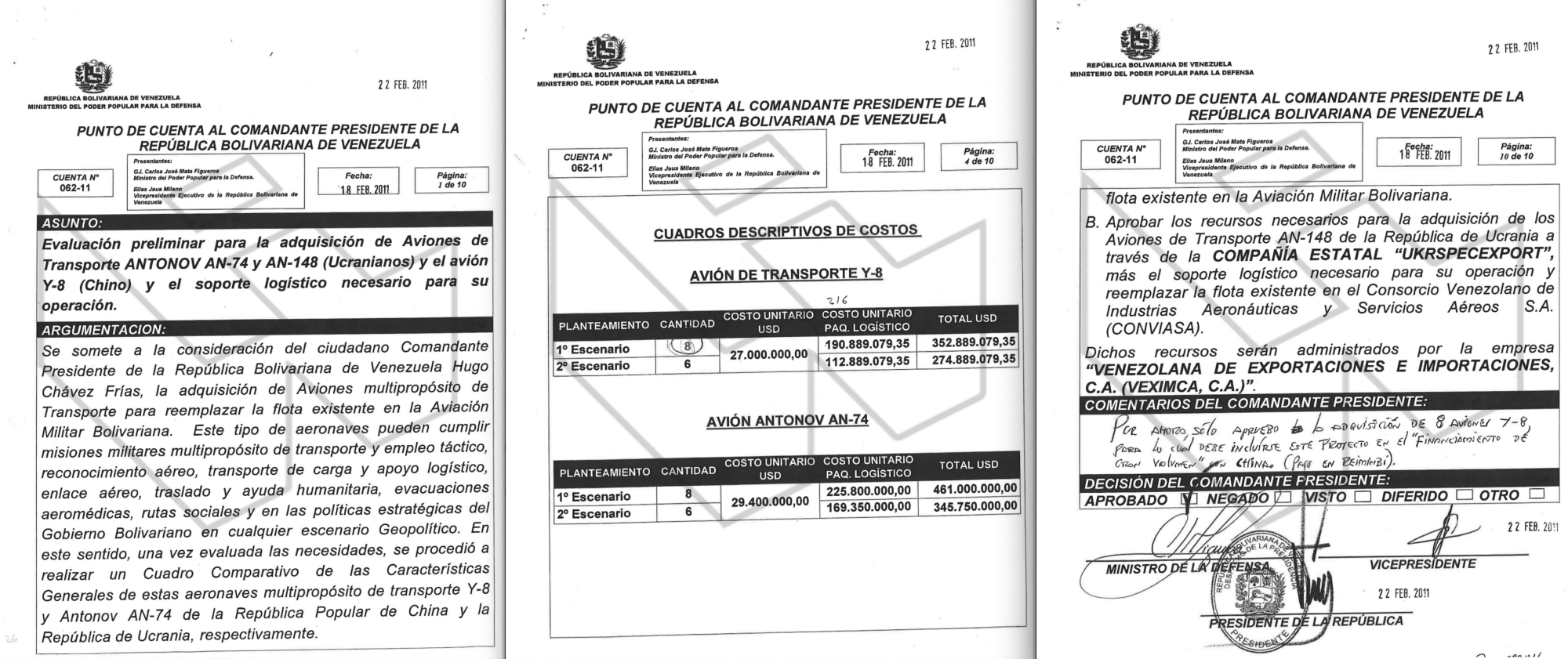
Once the fund was approved, the back-and-forth began. Among the proposals was the bill signed by defence minister Mata Figueroa and then Vice-President Jaua Milano, which proposed the acquisition of eight Antonov 74 and eight Antonov 148 Ukrainian-made aircraft, to reinforce the fleet of the state-owned Conviasa. To bolster military transport capabilities, it also envisaged Chinese-made Y8s.
The technical, commercial and political details of why the choice was ultimately made in favour of the Y8 are not known. It is a reliable aircraft, proven in thousands of flight hours, but of outdated design and limited performance. It is characterised by the glazed observation cockpit, a detail typical of aircraft from the end of World War II to the beginning of the Cold War: in fact, it is derived from the Antonov 12, a Soviet aircraft from the 1950s. The Chinese copied the model from their former Russian allies until they introduced their own version in 1974. Since then, they have continued to produce countless improved versions. Those sold to Venezuela were Y8 F200W, an export model with a fuselage a couple of metres longer than the regular one.
Rocío San Miguel of Control Ciudadano explains: “The Antonovs were never acquired because you have to carry out studies to decide which system is most suitable… although with Chávez it didn’t work out rationally. The Y8 is a robust aircraft, economical when compared to other transport aircraft on the market. They are excellent units. The problem is when you start negotiating, because it’s not just about the aircraft, but also the acquisition of logistics, weapons, training, facilities.”
Nevertheless, on 22 February 2011, Chávez signed the purchase of eight Y8s. The document reads: “For now, I only approve the acquisition of eight Y-8 aircraft. This project must be included in the Large Volume Financing with China,” Chávez wrote in the comments section, in which he also added: “Payment in Renminbi”, the name of the Chinese currency in international exchanges (the Yuan is the national unit of account).
But the document also stated that the price per unit was $27 million. It is not known where Chávez got that figure. But from then on it would be the cause of numerous misunderstandings that threatened to scupper the deal.
In February 2011, the international exchange rate for one US dollar fluctuated between 6.55 and 6.6 Chinese Renminbi. Bandes financed, as stated in the assistance agreement for Veximca, “up to US$352,889,079.35”. In addition to the US$216 million for the eight aircraft, additional funds were approved for “necessary logistical support (including training)”, which added up to the total US$352 million. The surplus in the support and training section is equivalent to what five additional Y8s would have cost, at the unit price detailed in the account. According to the document, these funds were to be administered by Veximca.
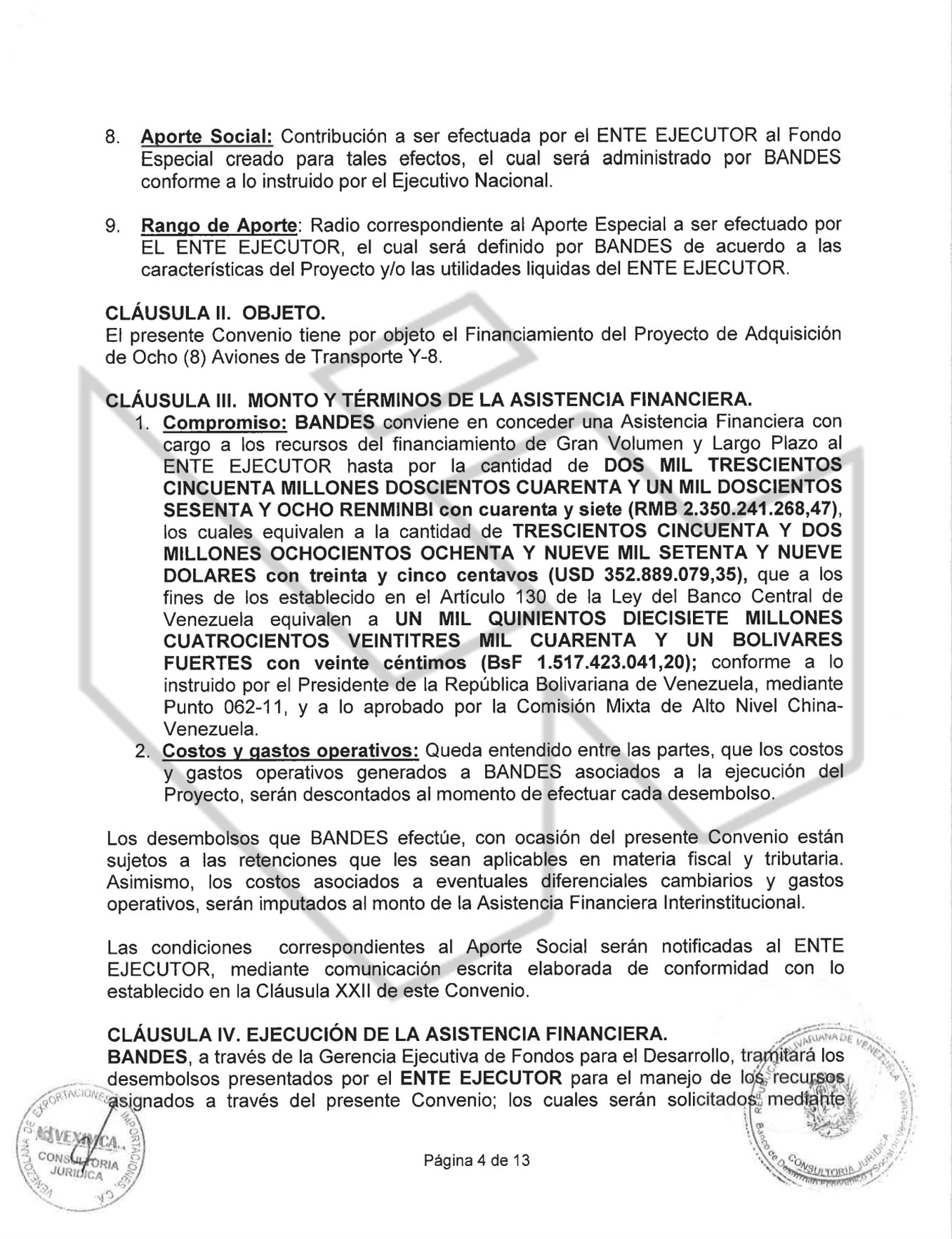
The beneficiary of the payment was China National Aero-Technology Import & Export Corporation (Catic), a state-owned company that markets aircraft produced by aerospace and defence conglomerate Aviation Industry Corporation of China (AVIC), also state-owned. “It is a company that has been operating for four decades, offering diversity in aviation. It is designed for export and has been supplying the Chinese and many important markets in the world,” explains Andrei Serbin Pont, international analyst and director of the Regional Coordinator for Economic and Social Research (Cries) think tank.
The Chinese company concluded the contract with the Venezuelan government. “This is a new approach adopted by CATIC for aircraft marketing. In the future, it will spare no effort to open up the international market and make more Y-8 aircraft fly to the world,” its chairman, Ma Zhiping, told the Chinese press.
Chinese bargaining
In March, when the project was already approved, Giordani began the epistolary exchange with the Chinese negotiators. They were Zhang Ping, representative of the China National Development and Reform Commission (NDRC), which is China’s top planning body, and Chen Yuan, then president of the China Development Bank (and son of Chen Yun, one of the Chinese Communist Party’s “Eight Elders” and one of the architects of China’s opening up in the 1980s with Deng Xiaoping).
In one of these letters, Giordani first announced that Hugo Chávez had approved the project. A few lines later, he got down to the monetary issue: “The amount allocated by the Commander President under the Large Volume and Long Term Financing Fund (FGVLP) was US$352,889,079.35, payable in Renminbi currency, equivalent to RMB 2,317,316,717.37, according to the exchange rate of 6.5667 RMB/USD on 22 February 2011”.
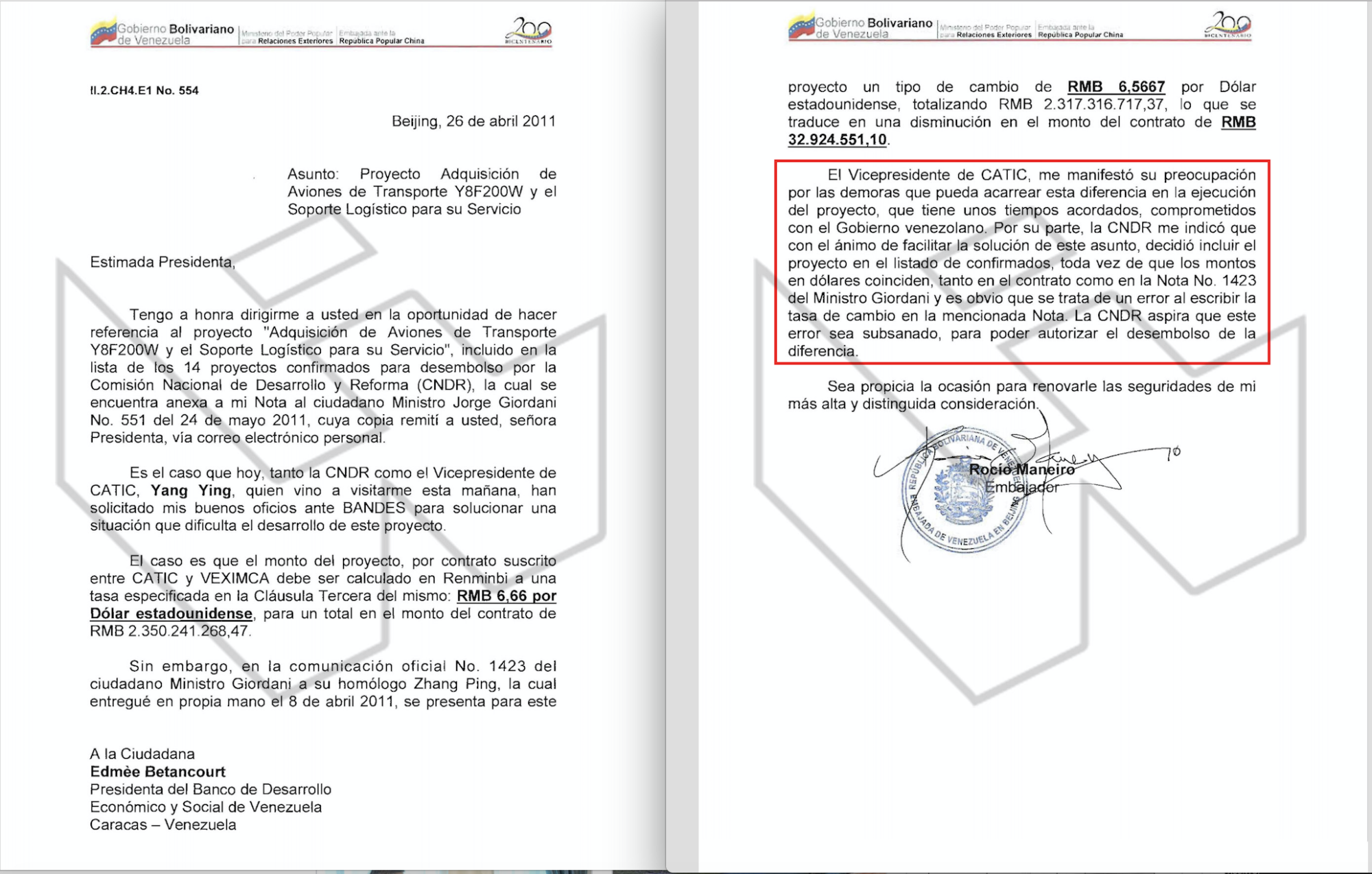
On 8 April 2011, Rocío Maneiro, then Venezuela’s ambassador to Beijing and now posted to London, personally delivered the letter to Zhang Ping, the NDRC representative, according to another letter she sent to Edmée Betancourt, president Bandes. Both letters have been reviewed by Armando.info.
Upon reading the documents signed by Giordani, Zhang Ping protested about the exchange rate. This was the real reason for another letter, this time from Maneiro to Betancourt, dated 26 April 2011. In it, the Venezuelan ambassador reported a disagreement from both Chen Yuan and Yang Ying, vice-president of Catic, the military aircraft and equipment supply company.
“The issue is that the amount of the project per contract signed between CATIC and VEXIMCA should be calculated in Renminbi at a rate specified in Clause Three of the contract: RMB 6.66 per US dollar, for a total contract amount of RMB 2,350,241,268.47,” Maneiro wrote. The figure represented an increase of just 1.5% over the amount announced by Giordani to the Chinese authorities. This was explained by Maneiro herself: “However, in official communication 1423 from Minister Giordani to his counterpart Zhang Ping, which I delivered in my own hand on 8 April 2011, an exchange rate of RMB 6.5667 per US dollar is presented for this project, totalling RMB 2,317,316,717.37, which translates into a decrease in the amount of the contract to RMB 32,924,551.10”.
That small discrepancy was, however, a source of disagreement on the Chinese side.
Maneiro also warned of the “concern for the delays that this difference could cause in the execution of the project, which has an agreed timetable, committed to with the Venezuelan government”.
Responding to the Venezuelan ambassador to China, Betancourt dared to admit that Chávez had made an omission: “The Commander approved the acquisition of the planes for an amount of US$352,889,079.35 without indicating the equivalent amount in Renminbi or a reference to the exchange rate to calculate this equivalence’.
It further detailed that at the time of writing of the document signed by Chávez “there was no official reference to the Renminbi-US dollar exchange rate”.
In fact, the bill that Chávez approved on 22 February 2011 speaks only of the total amount in dollars. No specific rate is fixed for the renminbi. This bumbling over the exchange-rate revealed the general debacle that the purchase of the eight planes became.
Recalling Veximca’s role in the agreement, Betancourt pointed out that in the technical-financial assistance agreement between Bandes and Veximca it was made clear by Yoffreda that the total payment in RMB was “2,350,241,268.47 and the exchange rate used is 6.66 RMB/US$”. According to this communication, it follows that Venezuela ended up accepting the exchange rate proposed by the Chinese.
The first disbursement notice to the Bank of China was on 30 May 2011. It specified that the amount transferred by Veximca to Catic was 1,173,945,513.60, denominated in CNY (Yuan).
The high life
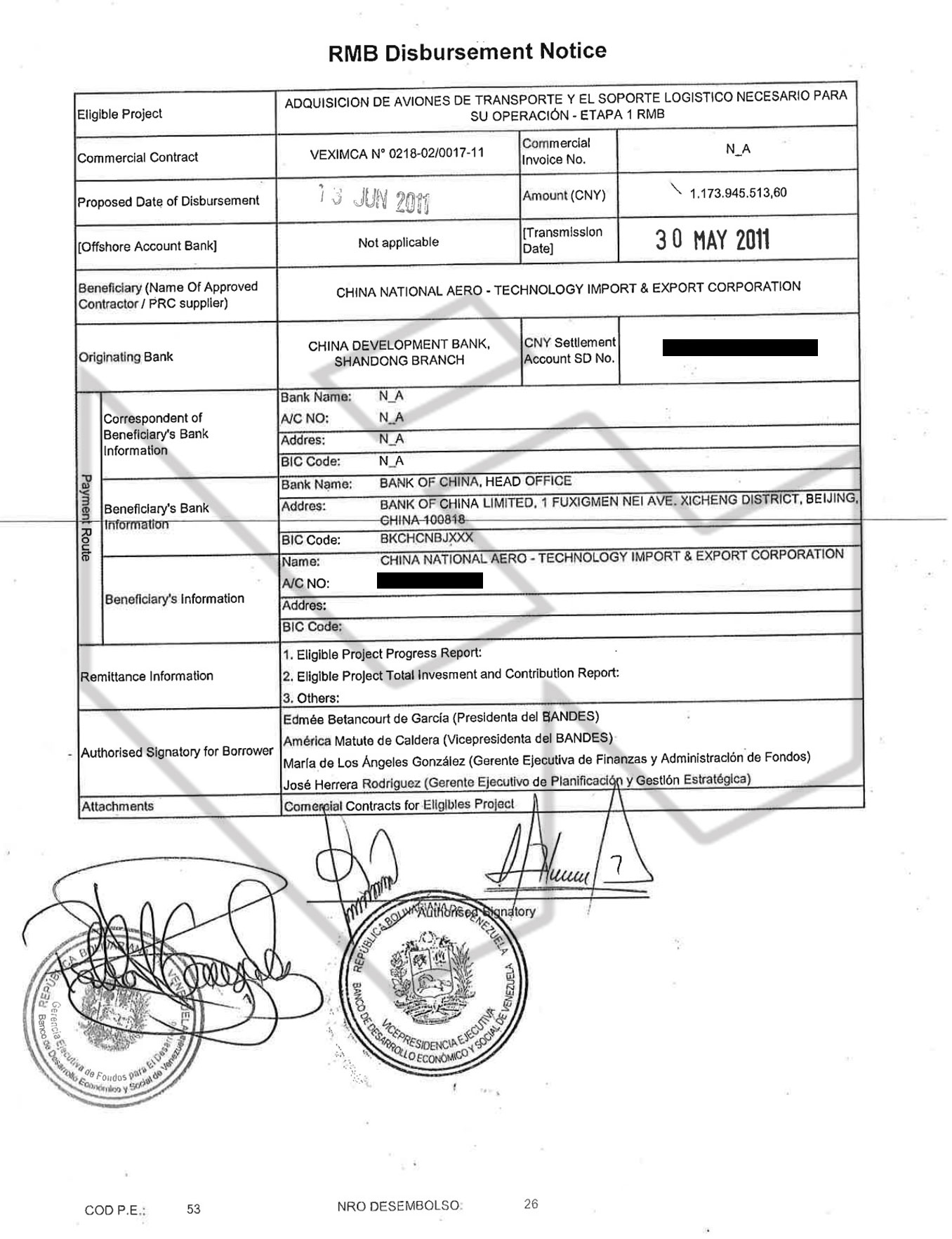
Although at the time of the planes deal the Venezuelan government still regularly submitted its Annual Report and Accounts of the Vice-Presidency of the Republic or the Ministry of Economy and Finance, official documents from 2012 onwards do not mention either the negotiation of the planes or the amounts disbursed to buy them.
Exiled former minister General Hebert García Plaza says of the reason for the omission of the Y-8s: “This is a military secret, it is confidential. Secret expenses or secret items are good for anything’.
Non-governmental organisation Transparencia Venezuela details in a report that, as one of the sources consulted for this report points out, the agreements with China were characterised by opacity and numbers that do not match.
“From 2008 to 2011, (national oil company) PDVSA has transferred US$10.458 billion to the Chinese Fund, of which $6.054 billion have been allocated to different projects. Therefore, the destination of the remaining $4.404 billion is not clear”, says the organisation about a pattern that can be seen in the purchase of Y8s. Discretionary manipulation of bank rates set in contracts could account for much of this trend.
Although the project to acquire the eight aircraft was scheduled for completion in 2011, it was not until after Chávez’s death that his successor, Nicolás Maduro, announced in October 2013 the eventual delivery of the aircraft to the Bolivarian Military Aviation.
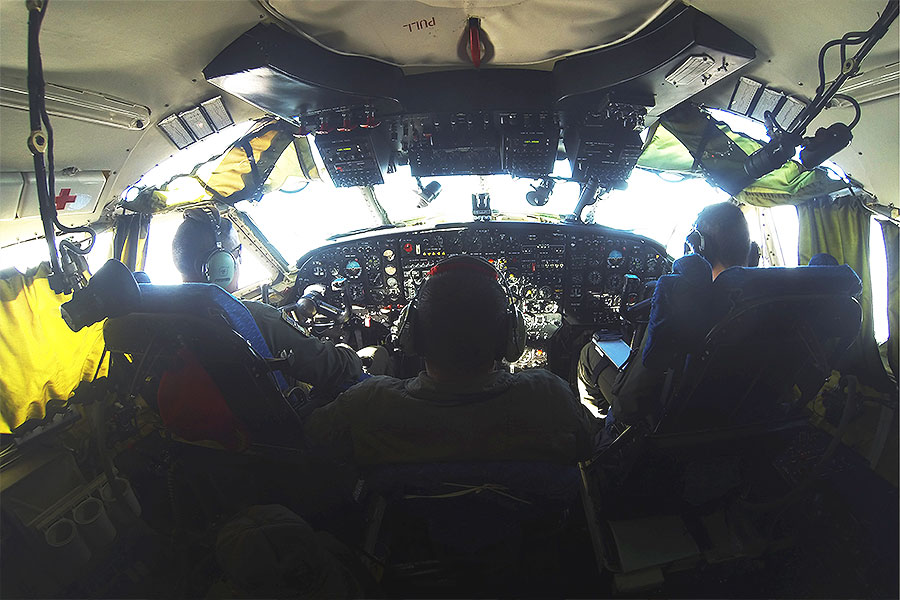
“These complete the total number of transport aircraft acquired by Venezuela from the People’s Republic of China. With the aim of placing aviation at the highest level, morally, ethically and strategically, in order to continue defending sovereignty,” Maduro said weeks later at the handover ceremony in Maracay, Aragua state, alongside Yoffreda, who at that time, in addition to being president of Veximca, was also commander general of Military Aviation.
In 2014, Caracas purchased a flight simulator for the training of Venezuelan Y8 crews, which became operational in 2015.
There were no explanations for the delays or for the differences in the amounts given in documents. Meanwhile, Yoffreda continued to rise through the ranks. In 2014, he was minister of water and air transport and president of the Venezuelan Foreign Trade Corporation (Corpovex), another of the institutions created by chavismo to centralise imports.
“The entire import process was managed by Yoffreda until his retirement in 2016. Veximca ended up becoming Corpovex, but it should be remembered that Veximca, as an organ of the Vice-Presidency, began to be used as a state company to evade bidding processes of other ministries. It directly received preferential dollars for the purchase of this equipment. In my opinion, Veximca was created with the excuse of centralising military contracts to give certain government officials, in this case the Cabello and Carrizales, the power of control and foreign currency income,” says García Plaza.
Yoffreda’s management of Veximca is not the only episode that has generated suspicion. During his time at Corpovex, million-dollar contracts were signed for the Local Supply and Production Committees (CLAP) that favoured companies belonging to Nicolás Maduro’s favourite contractor, Alex Saab. He also supported his friend Pedro Cestari Navarro, whose airline, Turpial, conversely grew from 2014 onwards as the Venezuelan aviation business collapsed.
Since 2018, Yoffreda has been head of mission at the Venezuelan embassy in Qatar. “He is in a key place: in one of the mainstays for storing the revolution’s money. You have China, a financial market to operate without US restrictions, but also the United Arab Emirates, where you can also do a lot of things, especially now, with gold sales,” says a source familiar with the military world in Venezuela, who asked not to reveal his identity for this report.

*This investigation is based on a trove of documents obtained by Armando.info (Venezuela), which were processed and analysed in partnership with the Latin American Centre for Investigative Journalism (CLIP) and with additional reporting by Diálogo Chino.
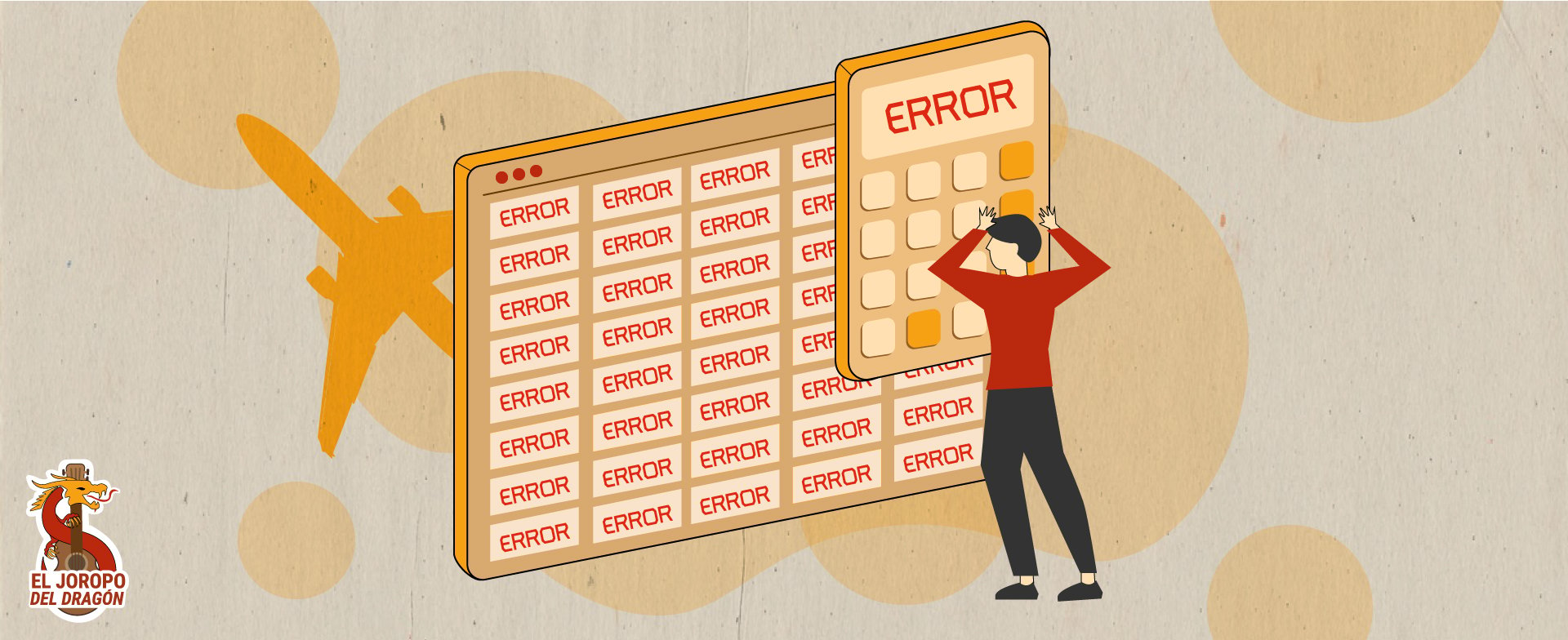

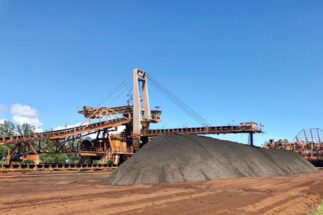

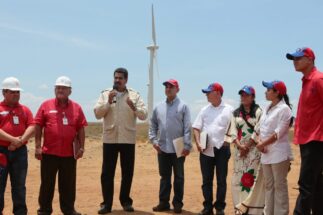

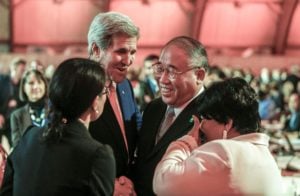
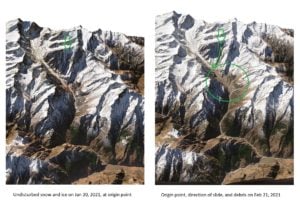
![The Indus at the site of the proposed Diamer-Basha dam [image by: Water and Power Development Authority, Pakistan]](https://dialogue.earth/content/uploads/2020/07/Indus_Diamer_Basha_Dam_Site_Image_WAPDA-300x169.jpg)
